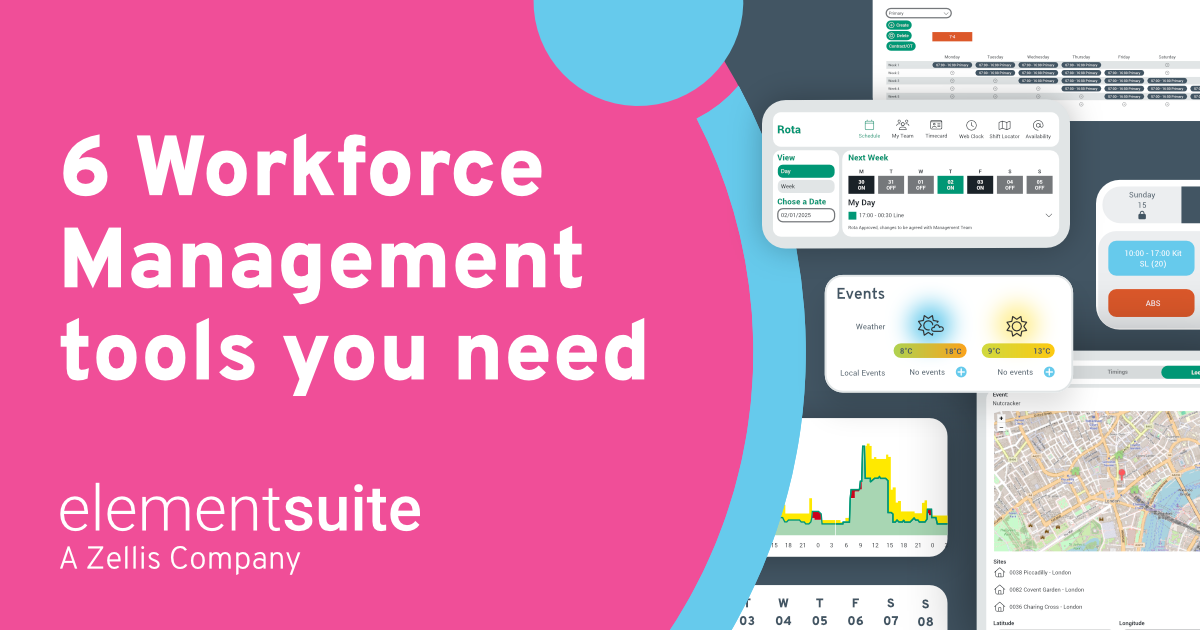Human resource (HR) planning is the process of analysing an organisation’s human resource needs and developing strategies to meet those needs. It involves forecasting future workforce requirements, identifying potential talent gaps, and implementing initiatives to address these challenges. However, despite its importance, HR planning is not as straightforward as it appears. Especially as we try to keep up with the latest HR trends that are changing the way we work.
What are the latest trends in HR today?
According to Gartner’s 2024 HR trends, five key areas are shaping the future of HR:
- Leader and Manager Development
- Organisational Culture
- Change Management
- HR Technology
- Career Management and Internal Mobility
By observing these trends, you can see how the evolving role of HR professionals is becoming more strategic and data-driven. Over the years, HR has transitioned from traditional administrative tasks to a more dynamic and influential function within organisations. And as the business world continues to evolve, the importance of HR for organisations to achieve bottom-line results becomes more evident. However, to be successful in implementing these trends, HR departments must overcome the following 10 common challenges:
Challenges in Human Resource (HR) planning
Here are the top 10 HR planning challenges that organisations face and some suggestions on how to address them:
1. Skill gaps in the workforce
With AI and technology completely shifting how we conduct daily work, the skills required for employees to thrive are constantly evolving. That means, in order to stay competitive, HR professionals must develop the essential capabilities to better work in partnership with these tools. This all starts with understanding the roles and skills needed for future success—not just for the HR function but for the organisation as a whole. By conducting regular assessments, HR can identify skill gaps and invest in training programs or hiring initiatives to bridge those gaps.
2. Employee turnover rates
No matter what industry vertical you are in, employee turnover is, and will always be, an HR challenge. This is why we need to ensure that we always observe employee sentiment on contributing turnover factors such as a lack of career progression, inadequate compensation, poor management, and mismatched job expectations. Only by understanding and addressing the drivers of turnover can we effectively reduce employee turnover rates.
3. Compliance with employment laws
Ensuring compliance with employment laws is a significant challenge for HR departments, especially with the evolving legal landscape and the complexities of global operations.
To address these issues, establish a compliance team to monitor legal changes and ensure adherence across jurisdictions. Using a HR software that aligns with both company policies and regulatory bodies is also crucial.
This is especially important for workforce management, recruitment, and performance management.
4. Employee engagement and morale
Employee engagement is the heart of any organisation. However, with fears that AI and technology will take over jobs, employees often feel disengaged and less motivated.
HR must foster a positive work culture, ensuring employees feel valued, engaged, and motivated to contribute their best. Regular pulse surveys can help gather feedback, identify areas of improvement, and boost morale. Invest in a HR software that also creates a culture of recognition and reward, acknowledging employees’ hard work.
5. Talent acquisition and retention
Addressing talent acquisition and retention, especially when expanding internationally, requires a strategic approach. While expanding your talent pool beyond geographical borders can fill skills gaps, increase diversity, and reduce hiring costs, challenges such as cultural fit, understanding international employment laws, and navigating language barriers also arise.
To overcome these, HR professionals should partner with global recruiting teams and invest in cross-cultural training. Using an advanced recruitment and onboarding software can also streamline hiring and ensure a smooth transition for new hires. For example, the right HR software allows customisation of onboarding for different regions, ensuring each new hire gets the necessary information and support personalised to their unique employee experience.
6. Succession planning for leadership development
Our workforce is ageing, and with that comes the risk of losing valuable knowledge and experience through retirement. This makes succession planning a critical aspect of HR planning.
But do you know who your future leaders are? Have you put a plan in place for their development and training? It’s never too early to start succession planning. With all the data available on your HR software to help support you and management on the best candidates moving forward, making solid and fair decisions for a smooth transition has never been easier.
7. Employee training and development programs
Succession planning is important, but employee training and development are also crucial for any organisation’s growth and success. With HR technology, this doesn’t have to be a six month process. In fact, if you have all your data accurately stored in your platform, this can be a six minute job. All you need to do is forecast your future business needs to determine which employee skills should be focused on for training and development.
Then, develop customisable and personalised training programs that cater to specific skill gaps and employee development programs, allowing employees to upskill or cross-skill.
8. Workforce management across multiple locations
As companies expand locally and globally, managing a diverse workforce across various locations becomes increasingly challenging. HR must understand local employment laws, cultural differences, and communication barriers to manage employees in different regions effectively.
This is where enterprise workforce management software becomes invaluable. With features like skills, availability, and employee preference identification, along with time and attendance tracking, effective workforce management software can help simplify managing employees in different locations. Let’s not forget the valuable data on employee productivity it provides.
Learn more about why Centre Island Hotels chose elementsuite as their workforce management software of choice to help schedule supply with forecasted demand
9. Wellness and incentive programs
A healthy work environment is a productive one. Therefore, it is critical to focus on employee wellness and incentive programs that support physical, mental, and emotional well-being. This includes offering health insurance, gym memberships, mental health resources, and flexible work options.
However, to achieve the best results and adoption, tailor programs to what employees want and need rather than just offering any incentive. Integrating these benefits systems with your HR platform to track participation and engagement rates and provide analytics on program success is also crucial for not only making informed decisions but also measuring the ROI.
10. AI enablement with data security in mind
It’s safe to say that every HR professional is now discussing AI integration or piloting it. AI can transform HR by streamlining recruitment and providing data-driven employee performance and engagement insights. However, concerns about data security and ethics remain.
AI implementation must be managed to protect sensitive employee data while optimising HR efficiencies. Transparent communication and training are essential if all stakeholders are to understand AI tools and safeguards. The cross-functional collaboration will also ensure that IT, HR, and legal teams work seamlessly together.
How elementsuite’s all-in-one software can help
The elementsuite all-in-one software is designed to revolutionise HR and workforce management, offering businesses comprehensive tools to enhance efficiency. And it’s not just for HR. With its robust employee self-service feature, employees can easily manage their personal information and access resources, reducing HR’s administrative burden – all they have to do is ask ELLA.
With elemensuite, you are investing in more than just an employee records system. You are investing in an AI-powered, data-optimised, full-suite HR software solution. Contact us today and revolutionise your HR planning with elementsuite.




